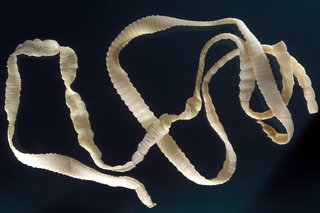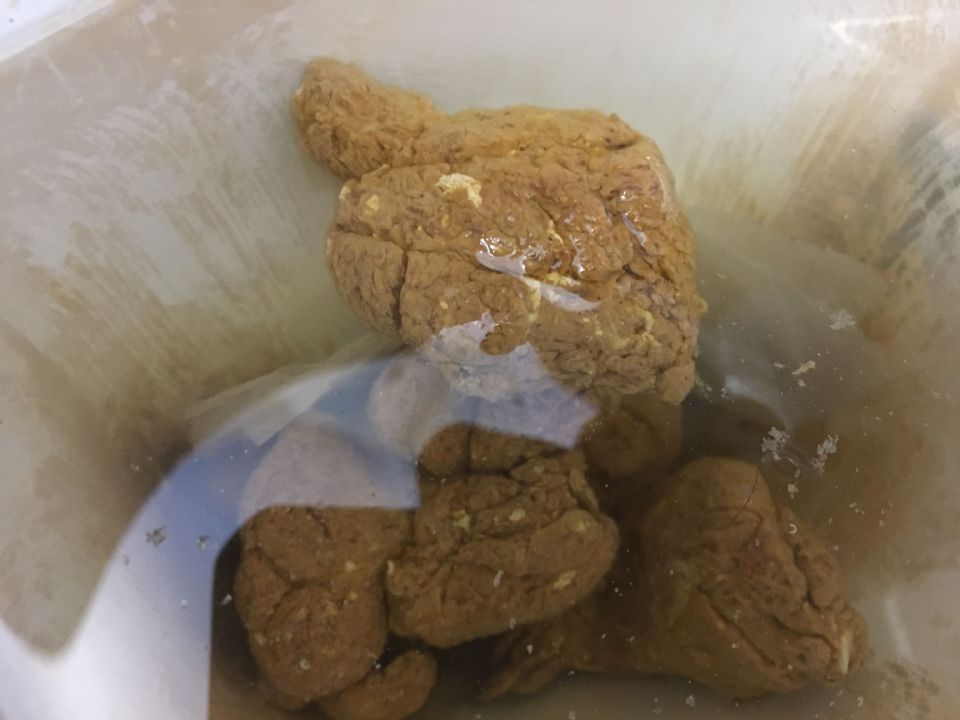

The worms actually reproduce in the intestines of these animals and are released into the ocean via the marine mammals’ feces.

The worms can’t reproduce or live for more than a few days in a human’s intestine, but they can persist and reproduce in marine mammals. This disease, called anisakiasis or anisakidosis, is rarely diagnosed because most people assume they merely suffered a bad case of food poisoning, according to the U.S> Centers for Disease Control and Prevention. In most cases, the worm dies after a few days and the symptoms disappear. When people eat live herring worms, the parasite can invade the intestinal wall and cause symptoms that mimic those of food poisoning, such as nausea, vomiting and diarrhea. That’s important to know from a public health standpoint, and for understanding what’s going on with marine mammal populations that aren’t thriving.” Anisakis worm life cycle courtesy of the University of Washington. “It’s interesting because it shows how risks to both humans and marine mammals are changing over time. “This study harnesses the power of many studies together to show a global picture of change over a nearly four-decade period,” said corresponding author Chelsea Wood, an assistant professor in the UW School of Aquatic and Fishery Sciences. The findings were published March 19 in the journal Global Change Biology.

Their’s is the first study to combine the results of previous research to investigate how the global abundance of these worms has changed through time. They looked at a parasitic worm, known as Anisakis or “herring worm.” “Its 283-fold increase in abundance since the 1970s could have implications for the health of humans and marine mammals, which both can inadvertently eat the worm,” according to a report on the scientists’ work. The next time you eat sashimi, nigiri or other forms of raw fish, you should consider doing a quick check for worms, according to a team of researchers.Ī new study led by scientists at the University of Washington found “dramatic increases in the abundance of a worm that can be transmitted to humans who eat raw or undercooked seafood.”


 0 kommentar(er)
0 kommentar(er)
